Track_Shovel
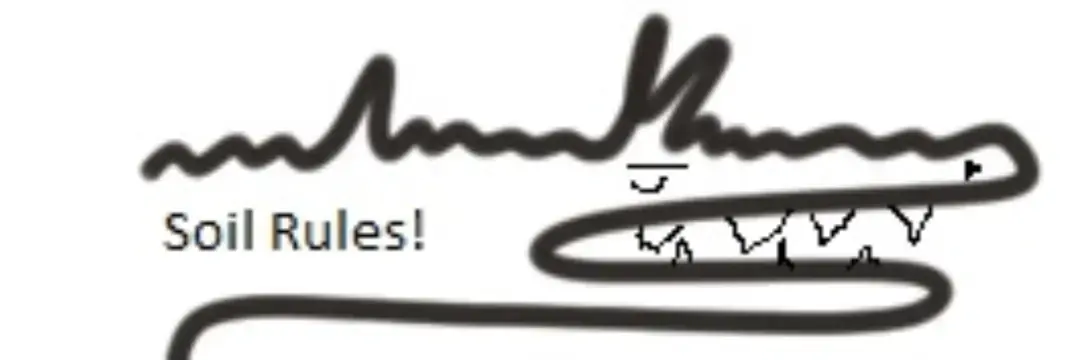
- 1.6K Posts
- 3.3K Comments
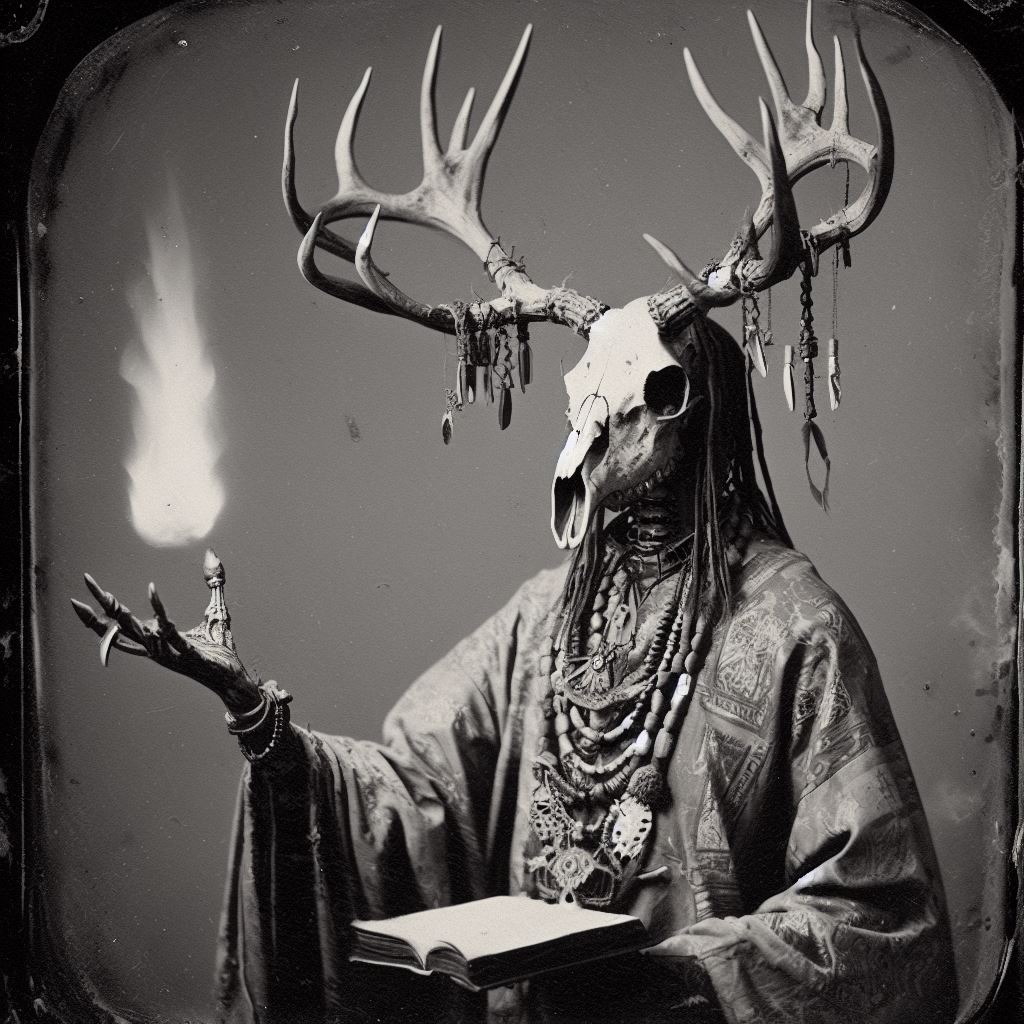
 7·5 hours ago
7·5 hours agoRunning out of time in general.

 5·5 hours ago
5·5 hours agoTriggers automated trap door or nerf gun by your desk.

 13·6 hours ago
13·6 hours agoWhat’s the big dumb button going to do?
I’ve seen whales complain. Maybe not whales, but people who pay for skins and random bullshit

 5·14 hours ago
5·14 hours agoYeah that’s him. I forgot which one he was in. I played so much of these games about 20 years ago that it all blurred together

 30·14 hours ago
30·14 hours agoI’m a married parent now, and grew up with a single mom.
I have no idea how she fucking did it. Seriously. She worked a retail job, maintained an acreage and raised two kids. I can’t even imagine doing half that on my own let alone on less than half the income I make now.
Ya did good, mama. Ya did real good. I ended up with a graduate degree, make decent money, and have a stable household to raise my boys.
Thanks, mom

 2·16 hours ago
2·16 hours agoConfirmed

 52·1 day ago
52·1 day agoIt doesn’t matter what other people think, full stop. The world is full of people who think they know better. ignore them.

 26·1 day ago
26·1 day agoThe consultant’s proverb: done is better than perfect

 6·1 day ago
6·1 day agoThat old hermit you meet on Kassyyk is my favorite. I think that’s in #2… Set the tone for my entire life: you can walk the middle path. It’s so exhausting being purely good or evil, so be opportunistic!

 2·1 day ago
2·1 day agoA NEW HAND TOUCHES THE BEACON
Hahaha holy shit, some of them are way the fuck out there

Fucking preach. Very good point about pushing mining impact into “more friendly” regulatory environments.
The disconnect is baffling in a lot of industries.

Man, there’s a lot to unpack in this article. I’m by no means a proponent of mining, but it is certainly not going anywhere. We’ve been mining since we used rock and wood and bone tools. I honestly don’t see any sort of green transition without mining though. Do we just keep burning fossil fuels then?
I don’t know if I can answer it much more clearly than to say “intensification of resource extraction” in the name of a “green transition” is a “false dichotomy” and “incompatible with living in a way that is in harmony with our surroundings
I get the sentiment, but what is the alternative? How else do we get the materials we need to push a green transition? One of my major complaints about this article is that the offer no alternative suggestions.
Sustainable’ mining is an oxymoron. There is no way to convert a living land base into products and protect its unique biodiversity and cultural value. There is no clean way to dig into the Earth, “backfill it,” and try to return the ecosystem to its natural state, which took hundreds of years to develop. If we actually want a chance for a livable planet, we must stop the poisoning before it happens, not tolerate the amount corporations are permitted to poison, or sacrifice what remains of the natural world for a ‘greater good’ — a faulty pretense.
See my argument above: no alternative offered. Mining doesn’t have to be inherently toxic. There are ways to manage metal leaching, and I fear the author is painting with far too wide of a brush. Mining has a terrible legacy environmentally, and I won’t dispute that, but responsible mining is possible and is going in some jurisdictions.
Wolfden Resources, a Canadian Junior Mining Company with backing from Altius Minerals and Kinross Gold, has recently attempted to develop two separate polymetallic sulfide mines in the state. Luckily, both projects have been defeated, at least for the time being. It may be obvious, but polymetallic sulfide mines are industrial operations designed to extract multiple metals (gold, silver, copper, zinc and lead in the two recently proposed projects) that are found within a sulfide-based ore buried deep beneath the surface of the earth. When sulfide ores are uncovered and exposed to air and water a chemical reaction begins which creates sulfuric acid. Toxic heavy metals trapped in the ore, including mercury and arsenic, are released in the process. This chemical reaction, known as acid mine drainage, tends to runaway, and once started is almost impossible to stop. Twenty-eight years after its closure, water at the Iron Mountain Mine in California was found to have a pH of negative 3.6! Sulfide mines from the Roman Empire are still leaching acid 2,000 years after their closure.
He’s described Metal Leaching/Acid Rock Drainage (ML/ARD for short). Just about every mine that operates deals with this issue. They correctly point out the risks, but iron mountain is kind of cherry picking in terms of making an argument against it. They have a really wild geology that makes things there super acidic. There are ways to stop ML/ARD once it’s going, like submerging the rock in water (it’s an oxygen driven reaction), and there are ways to prevent it from starting in the first place. Further, onset times are usually decades rather than immediately.
In addition to the groundwater contaminated through exposure to acid and heavy metals in the mining works, the proposed Pickett Mountain Mine near Mt. Katahdin would have contaminated more than 800,000 gallons per day in the process of concentrating the ores to marketable levels. This process—called flotation—relies upon adding a cocktail of toxic “reagents” to the slurry of finely ground ore and water. The Pickett Mountain Mine concentrator would have used more than 2,000 pounds of cyanide in this process everyday.
There are international guidelines on cyanide management and most jurisdictions require a cyanide management plan.
And finally, the tailings, the waste left over once the marketable metals have been removed from the ore, are a continual source of water contamination and must be “managed in perpetuity.”
Depends on the way the ore was processed, and the host rock. The tailings from Mount Polley, which had a major dam breach, are geochemically inert, and can be planted in.
This looks like huge geo-synthetic liners, basically heavy duty tarps, covering millions of tons of finely ground waste rock to prevent it from blowing away or getting wet.
Highly dependent on the cover design. Not all use liners. One I’m working with right now just traps moisture, and keeps the tailings saturated, which prevents oxygen ingress and stops ML/ARD generation
No trees can ever be allowed to grow on top of the “reclaimed” tailings piles because their roots can puncture the covers causing them to fail.
Again, depends on cover design, but this is generally true. That doesn’t mean nothing grows in them, though. Usually we select for grasses and plants with prostrate rooting patterns.
Again, I don’t love mining, especially when it’s irresponsible. I find it very interesting because of all the challenges associated with it, and how vital it is to our society.
Finally, the ICMM has a good practice guide (fill your boots!) on how to mine responsibly and to plan for closure, and why you want to plan for closure to begin with.
That’s rough, and a highly unenviable decision to make. Sad to see someone like that squander their gifts. People like that deserve to use their talents, but as they say in the fateful scene of the unforgiven: ‘deserves got nothing to do with it…’
Easier said than done. Guilt is a powerful motivator
Live footage of me reviewing a report that has a repeated word series like this:
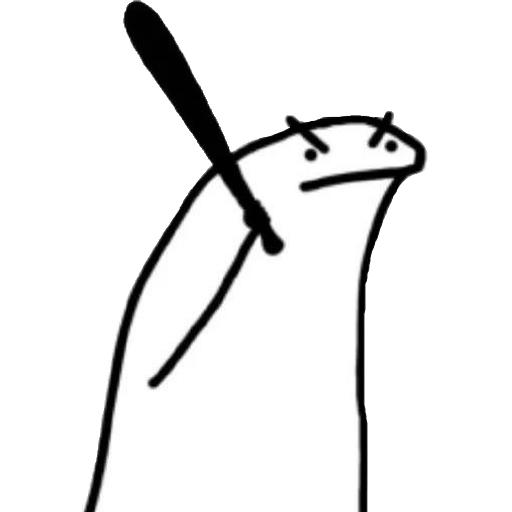

 69·2 days ago
69·2 days agoIt’s tough to look your mom in the eye and tell her that you don’t want her prized wedding china or that giant brown hutch she keeps it in. For that matter, nobody else wants it, either.
The reality is that we live in a world that is overinundated with stuff, and the value of things that people hold dear and that they paid a lot of money for and they think retained value is not so much, which is unfortunate,"
Woof those are both true
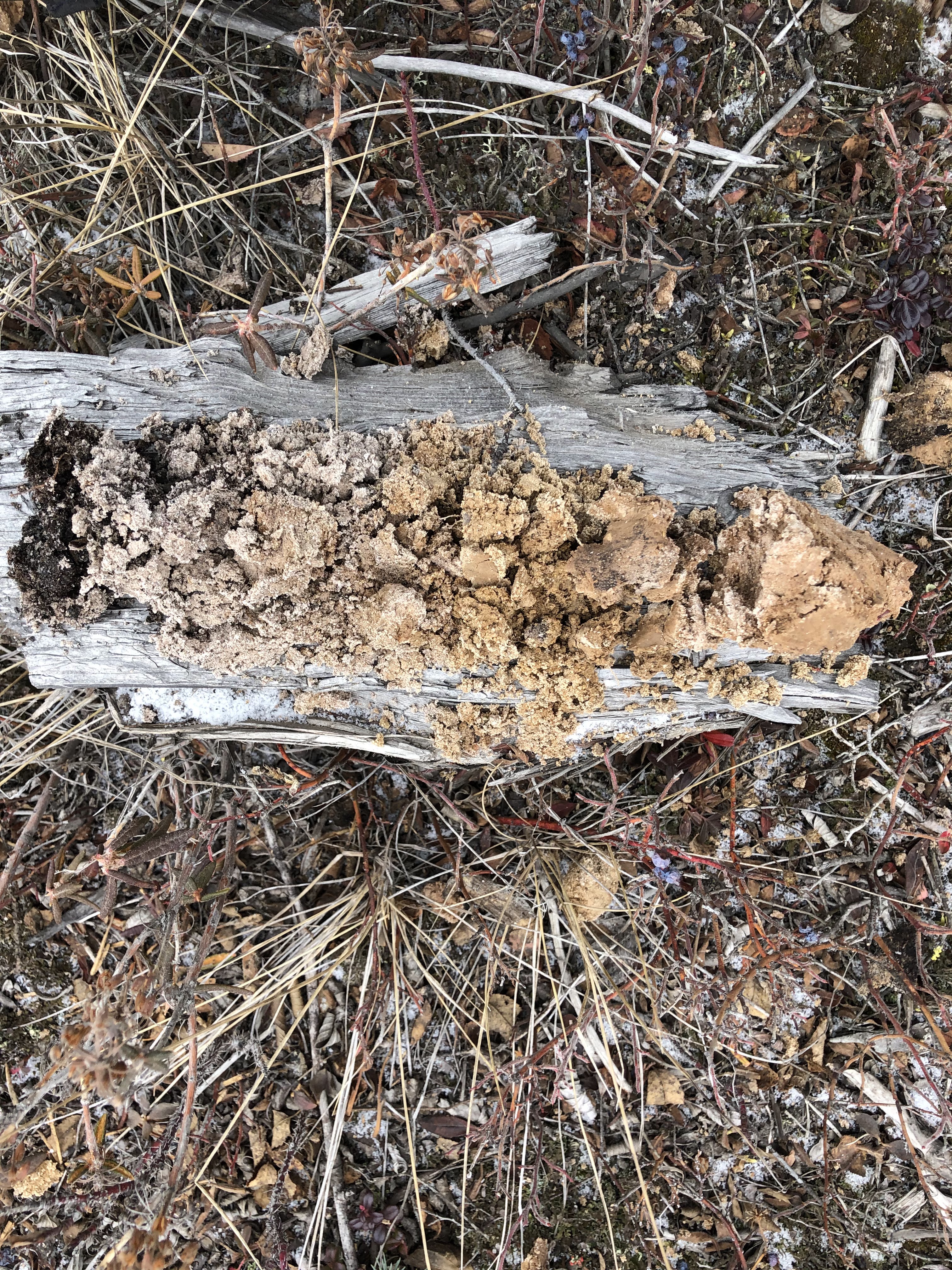
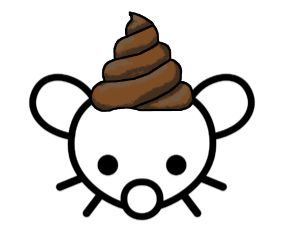
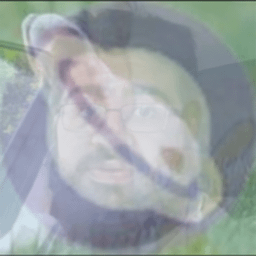







As a parent, I couldn’t give two shits if you don’t have kids. Not gonna convince you. It’s your story not mine.
You’re also not going to convince me I made a poor decision.